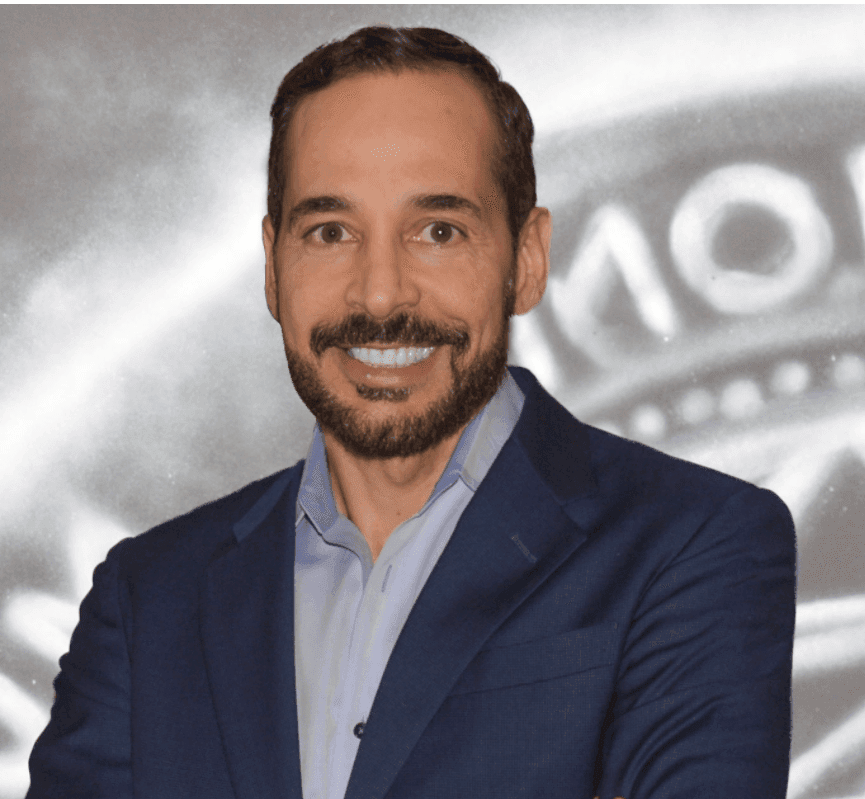How Personal Branding Helps Leaders Expand And Express Their Self-Awareness

Vector image is from freepik.com by @storyset.
Being self-aware is a prerequisite for developing many of the most important skills leaders need to master in today’s complex and dynamic hybrid workplace— skills like relationship building, collaboration and emotional intelligence. Yet some leadership development programs don’t include modules on self-awareness. That’s partly due to the misconception that well-established and emerging leaders alike are already self-aware by the time they’re participating in leadership development programs. 95% of professionals believe they’re self-aware, but in reality less than 15% really are, according to the results of a five-year research project by organisational psychologist Tasha Eurich.
83% percent of professionals with high self-awareness are top performers, while only 2% of bottom performers exhibit this trait, according to Travis Bradberry and Jean Greaves. So self-awareness is as essential as it is elusive. But that’s not really all that surprising. We are people obsessed with doing and pursuing goals and making things happen, and becoming self-aware does not fit in with that kind of frenetic activity. It often requires taking a step back and investing time in introspection while also seeking and acting on external feedback.
Why personal branding for self-awareness?
There are many ways to develop self-awareness, and some are more relevant for leaders and HiPos (high potentials) than others. However, personal branding is the ideal learning opportunity for leadership development programmes because it is rooted in the process of unearthing the truth about your traits.
The first step in any successful personal branding process is brand discovery. The objective of this phase is clarity, becoming clear about who you are and how you engage with— and deliver value to—your stakeholders. In fact, the brand discovery process involves both halves of the self-awareness process: self-reflection and seeking feedback. In the first phase of the personal branding steps, leaders get clear on the six drivers of their personal brand: values, passions, superpowers, differentiators, purpose and goals. This enables them to understand what’s important to them and the assets they possess to support relationship building and inspire teams.
After intensive self-reflection, leaders can validate what they learn about themselves by soliciting feedback from others. This validation step is critical because it allows leaders to refine their thinking and become aware of blind spots. It also helps them own their strengths and values. It makes their self-reflection real and reliable. It’s a vital part of the personal branding process because your brand is held in the hearts and minds of those who know you. The level of self-awareness is essential for authentic leadership.
Read:
Blinded by Unawareness: Why We're Not as Self-Aware as We Think Ourselves to Be
The two steps that follow brand discovery in the process will amplify the power of personal branding. That’s because self-aware leaders are able to take what they learn about themselves and use it to increase their success and happiness at work.
In the second phase, leaders learn how to tell their authentic story, incorporating all their learning from phase 1. They enhance their elevator pitch, build authentic virtual—and face-to-face—first impressions, and they craft a bio that is real, differentiating and compelling to the people they seek to influence. For leaders who lack self-awareness, these activities risk becoming self-sabotaging because they’re often infused with artifice, delivering what you think others want to hear, not what’s truly fundamental to the self. Self-aware leaders easily hone the signature stories that help them express their vision and leadership philosophy to those who follow them. Telling your story in compelling, honest ways is critical for creating powerful first impressions and forging meaningful relationships. Once you’re self-aware, you’re fully able to tell your story and engage with others.
Discover:
When Authenticity Doesn't Translate
The third phase of the personal branding process is focused on brand expansion—becoming visible, available and valuable to all the people in your orbit and growing a following. After all, leaders need followers.
This phase is about nurturing relationships and demonstrating thought leadership. Leaders build their brand acceleration plan using real-world activities (like in-person events and public speaking) along with virtual world communications (like social media, online video and virtual networking) to deliver valuable content to enhance their impact and influence. They also make their mark on the meetings they lead. Thanks to self-awareness, they can confidently turn followers into fans and fans into promoters—touting their deeply held virtues to others.
All leaders need to be mindful of their personal brand. The stronger the brand, the easier it will be for them to build meaningful relationships, lead their team and ultimately achieve their goals. And at the foundation of all successful personal branding is keen self-awareness.
This article was originally published in Forbes.
Edited by: Kiran Tuljaram
Personal
William Arruda is the bestselling author of the definitive books on personal branding: Digital YOU, Career Distinction and Ditch. Dare. Do! And he’s the creative energy behind Reach Personal Branding and CareerBlast.TV – two groundbreaking organizations committed to expanding the visibility, availability, and value of personal branding across the globe. For more information on Personal Branding , please visit williamarruda.com.





